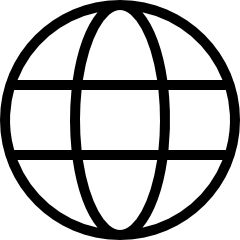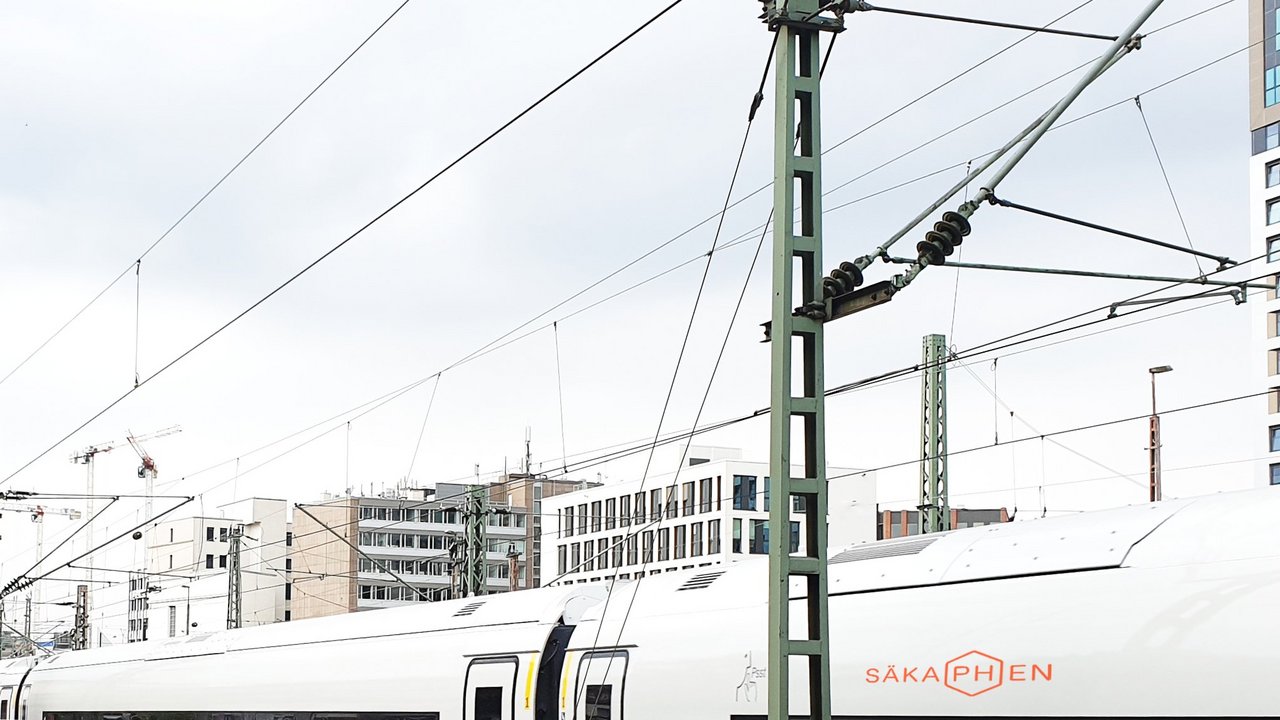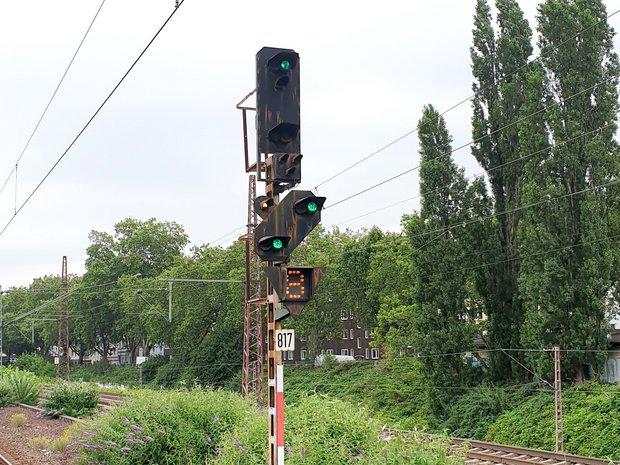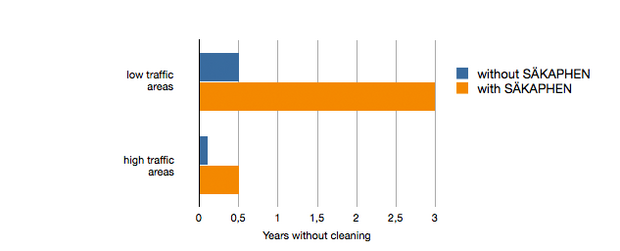SÄKAPHEN-Cleaning System within the Railway Sector
Applications and Benefits for Use in the Rail Infrastructure, Locomotive Maintenance and High-Voltage Transmission Network
The SÄKAPHEN-Cleaning System is widely used in three major segments within the Railway Sector:
High-Voltage Transmission Network - located adjacent to the track ensuring power. The high-voltage networks of national railways have the same problems and issues as the power generation and supply networks, application of the SÄKAPHEN-Cleaning System ensures longer periods between maintenance.
Moreover, the effective cleaning and sealing components of our cleaning system ensure reliable electricity supply through a shielded electricity flow, essential for operating high-voltage networks. The mechanical cleaning effect combined with sealing to protect against re-contamination is one of many advantages of employing the SÄKAPHEN-Cleaning System.
With regard to the Railroad Infrastructure, the SÄKAPHEN-Cleaning System is selected to clean, seal and protect the glass surfaces of signal lights and enamel signs, contaminated by brake dust and rust caused by corrosion from the iron framework. Specifically, SAEKA-Cleaning Paste 83.750 can also be used for cleaning hard plastic surfaces.
The 3-in-1 function of cleaning, sealing and protecting, allows for shorter and fewer cleaning and maintenance cycles and therefore drastically reducing down times.
Insulators located on the roofs of electric locomotives and coaches offer a higher threat of exposure to dust contamination from both industrial and airborne dusts as these are effectively ‘moving targets’ thus causing flashovers as well as a drop in efficiency. Application of the SÄKAPHEN-Cleaning System ensures longer periods between maintenance.
SAEKA-Cleaning Paste 80.750 and SAEKA-Cleaning Paste 83.750 are dermatologically tested and contain physiologically safe abrasives, oils and greases. No special equipment or Personal Protection Equipment (PPE) is needed during the application process.
SÄKAPHEN-Cleaning Systems do not contain any solvents or surfactants, advocating an eco-friendly procedure, reducing carbon footprint.



